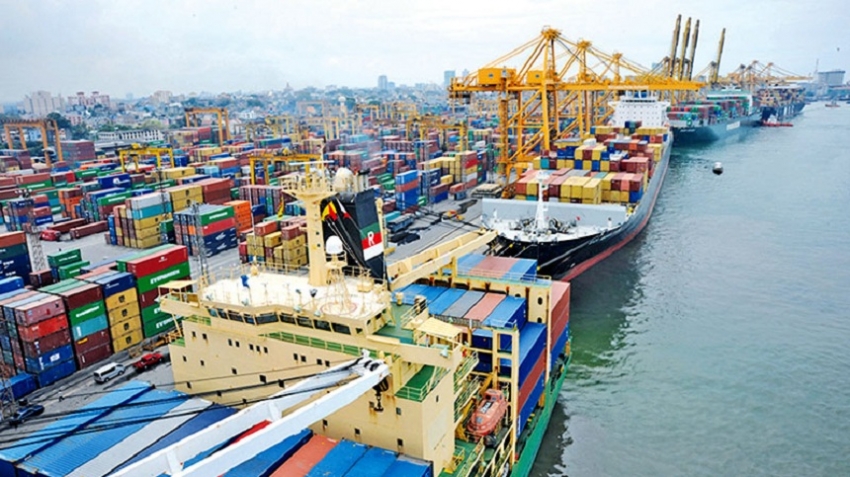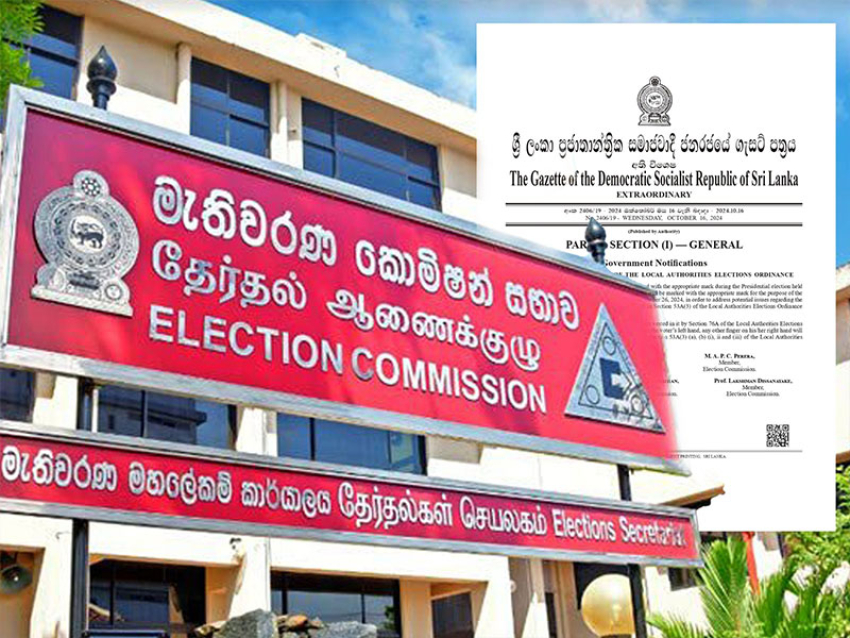Stressing the need to identify ways to provide necessary assistance to buyers through this process, Dr. Leuhusen said, “it is essential to identify ways Sri Lanka can produce more GSP eligible products that the USA market wants.”
“To this end, it is important to understand the USA market and the customers, seeking to buy Sri Lankan made specific products and services. To this end, it is required to create more products and services, raise awareness, highlight the benefits of Sri Lankan made products and most importantly make sales. It is also essential to consider GSP protected products that have a higher typical tax rate, which puts you at the forefront of purchases,” Dr. Leuhusen told an awareness program on the US Global Access Program, held at the Sri Lanka Export Development Board Auditorium last week.
To be qualified for the GSP, he said Sri Lankan products must be eligible and cannot fall outside GSP guidelines.
“It must be a product of Sri Lanka. Local contents of products must be above 35%; however this is only required if materials are imported from another country. Also, you must export directly to the US, without any intermediate countries,” he noted.
He further said Sri Lanka’s exports of goods to the USA in 2017 were US $2.9 billion, which is an increase of 2.7%. And, Sri Lanka was the 62nd largest supplier of goods in 2017 to the USA.
In 2017, Sri Lanka’s total exports of Knit apparel, woven apparel to the USA were US $ 1.1 billon and US $ 880 million respectively. While, total exports of rubber, precious metals stones and tea, spices and coffee were US $ 258 million, US $ 109 million, and US $ 77 million respectively.
The United States GSP system was renewed until December 31, 2020 and provides duty-free imports to 121 countries including Sri Lanka.
“The purpose of promoting GSP is to further increase your customer base. If they can avoid taxes, the net profitability will increase rapidly which helps all stakeholders.” Dr. Leuhusen said.
Speaking further on main objectives of GSP, Dr. Leuhusen said it increases the export opportunities for the country, raises the net income per capita due to additional employment opportunities. More demand increases the need to supply, which often is correlated to jobs for people and more exports for Sri Lanka increases the ability for the economy to transform and to create benefits for the whole society.
As per the GSP, many manufactured items including jewellery, some agricultural products, chemicals and minerals are GSP eligible while most textiles and apparel, watches, shoes, and many agricultural products are not GSP eligible.
He said further that discussions about reducing trade deficits are being continued by the USA with other countries, but there is no clear sign of further eliminating trade agreements that the US needs to supply their over 320 million population with goods.
Speaking at the event EDB Director General Jeevani Siriwardene said, Sri Lanka’s exports to the USA is currently led by apparel, followed by coconut fibers, coconut cream, coconut water, rubber tubes, tyres, edible food and spices.
Although Sri Lanka’s exports to the USA accounts for more 40 percent of its total exports, in terms of imports into the USA, Sri Lanka’s share of the USA market is less than 2 percent.
“Some of the USA companies don’t even know where Sri Lanka is located. It is very important that we make greater efforts to get into the USA market and create awareness among them about ourselves in this market.” she noted.
Sri Lanka needs to make greater efforts to get into the US market using the United States Generalized System of Preferences (GSP) scheme as a tool while ensuring that buyers are aware of GSP, said Dr. Fredrik Leuhusen from the School of Management at the University of California, Los Angeles.
Stressing the need to identify ways to provide necessary assistance to buyers through this process, Dr. Leuhusen said, “it is essential to identify ways Sri Lanka can produce more GSP eligible products that the USA market wants.”
“To this end, it is important to understand the USA market and the customers, seeking to buy Sri Lankan made specific products and services. To this end, it is required to create more products and services, raise awareness, highlight the benefits of Sri Lankan made products and most importantly make sales. It is also essential to consider GSP protected products that have a higher typical tax rate, which puts you at the forefront of purchases,” Dr. Leuhusen told an awareness program on the US Global Access Program, held at the Sri Lanka Export Development Board Auditorium last week.
To be qualified for the GSP, he said Sri Lankan products must be eligible and cannot fall outside GSP guidelines.
“It must be a product of Sri Lanka. Local contents of products must be above 35%; however this is only required if materials are imported from another country. Also, you must export directly to the US, without any intermediate countries,” he noted.
He further said Sri Lanka’s exports of goods to the USA in 2017 were US $2.9 billion, which is an increase of 2.7%. And, Sri Lanka was the 62nd largest supplier of goods in 2017 to the USA.
In 2017, Sri Lanka’s total exports of Knit apparel, woven apparel to the USA were US $ 1.1 billon and US $ 880 million respectively. While, total exports of rubber, precious metals stones and tea, spices and coffee were US $ 258 million, US $ 109 million, and US $ 77 million respectively.
The United States GSP system was renewed until December 31, 2020 and provides duty-free imports to 121 countries including Sri Lanka.
“The purpose of promoting GSP is to further increase your customer base. If they can avoid taxes, the net profitability will increase rapidly which helps all stakeholders.” Dr. Leuhusen said.
Speaking further on main objectives of GSP, Dr. Leuhusen said it increases the export opportunities for the country, raises the net income per capita due to additional employment opportunities. More demand increases the need to supply, which often is correlated to jobs for people and more exports for Sri Lanka increases the ability for the economy to transform and to create benefits for the whole society.
As per the GSP, many manufactured items including jewellery, some agricultural products, chemicals and minerals are GSP eligible while most textiles and apparel, watches, shoes, and many agricultural products are not GSP eligible.
He said further that discussions about reducing trade deficits are being continued by the USA with other countries, but there is no clear sign of further eliminating trade agreements that the US needs to supply their over 320 million population with goods.
Speaking at the event EDB Director General Jeevani Siriwardene said, Sri Lanka’s exports to the USA is currently led by apparel, followed by coconut fibers, coconut cream, coconut water, rubber tubes, tyres, edible food and spices.
Although Sri Lanka’s exports to the USA accounts for more 40 percent of its total exports, in terms of imports into the USA, Sri Lanka’s share of the USA market is less than 2 percent.
“Some of the USA companies don’t even know where Sri Lanka is located. It is very important that we make greater efforts to get into the USA market and create awareness among them about ourselves in this market.” she noted.



















